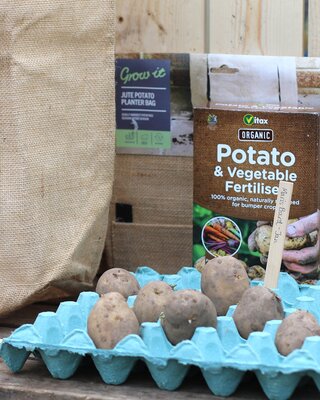Caring for Phalaenopsis Orchids

These plants are commonly referred to as "Moth Orchids" and are considered among the easiest of the orchid family to care for as well as the most recognisable. The long-lasting flowers bloom perfectly for up to three months, providing you ample return on your investment. The flowering intervals vary with each plant, and you may be treated to a bloom as often as twice a year. Phalaenopsis have become one of the most popular variety of orchids because of their low maintenance and delicate balance of poise and elegance.
Caring for your Phalaenopsis Orchid
Temperature: Phalaenopsis is perhaps one of the easier Orchids to care for; they enjoy much the same temperature range as we do. The minimum temperature at night is 60-65 degrees Fahrenheit, while the average temperature should be around 75-85 degrees Fahrenheit. Occasional deviations will not harm your plant, except when it is in bud - chilly temperatures may cause the plant to stop budding.
Light: Phalaenopsis will flourish indoors under normal lighting conditions, with indirect sunlight being the most advantageous. Caution should be used when placing a Phalaenopsis in direct sunlight due to the fact that its leaves burn easily from too much exposure to the sun.
Water: Water often enough to keep continuous moisture just below the surface of the medium but be cautious of over-watering. Watering once a week is normally sufficient to keep your plant healthy and happy.
Humidity: Phalenopsis enjoy moist air, with a humidity level of 55-75% being ideal. Placing your plant over a tray or dish of water can increase moisture. Separate the pot and tray with pebbles or small stones to raise the height of your plant and ensure that it does not sit directly in the water.
Repotting: Plants should be repotted every other year and because they grow upwards without spreading, can go back into the same sized pot. A medium-grade wood bark works well with the base of the bottom leaf at the surface of the medium. Water sparingly until new roots are well established.
Feeding: Good results may be obtained by using a high-nitrogen fertiliser year round at 1 teaspoon per gallon of water. Feed your plant once a month. In this instance, less is more, so be sure not to overdo it.




